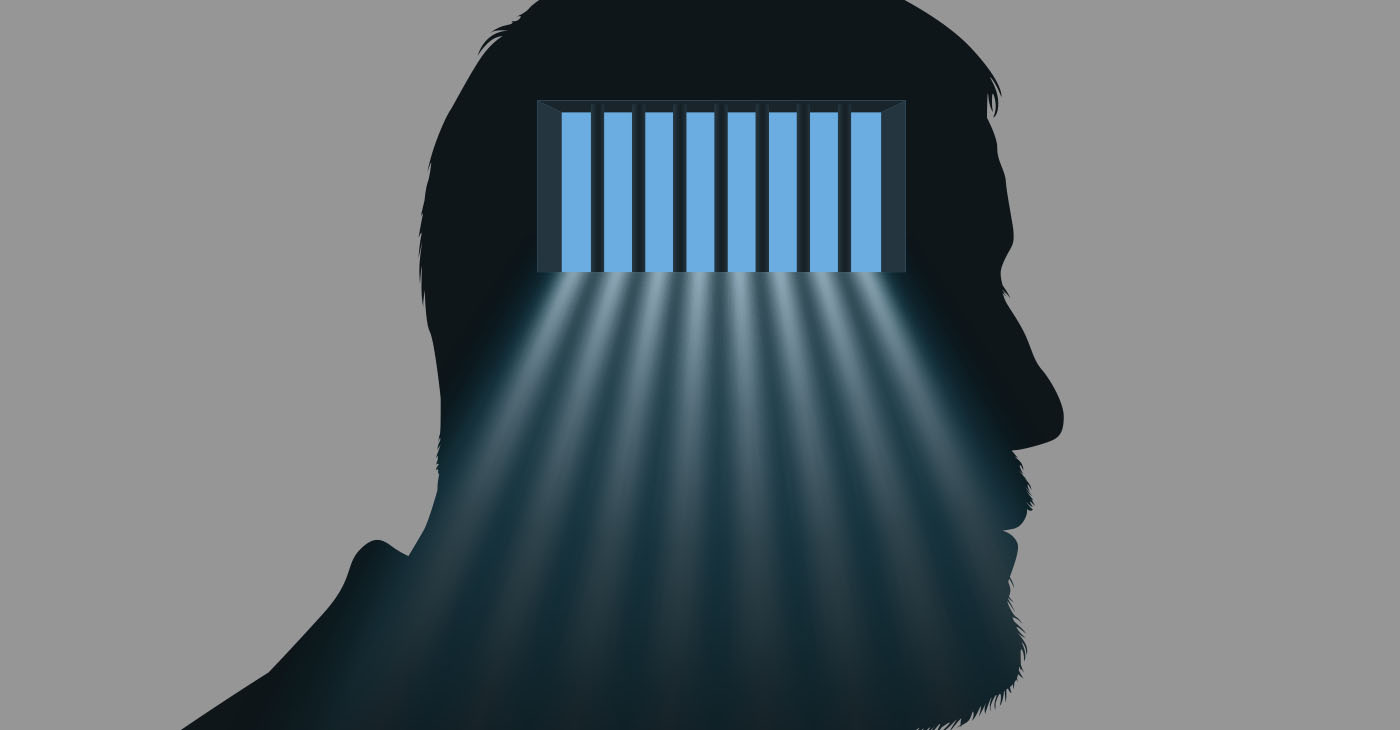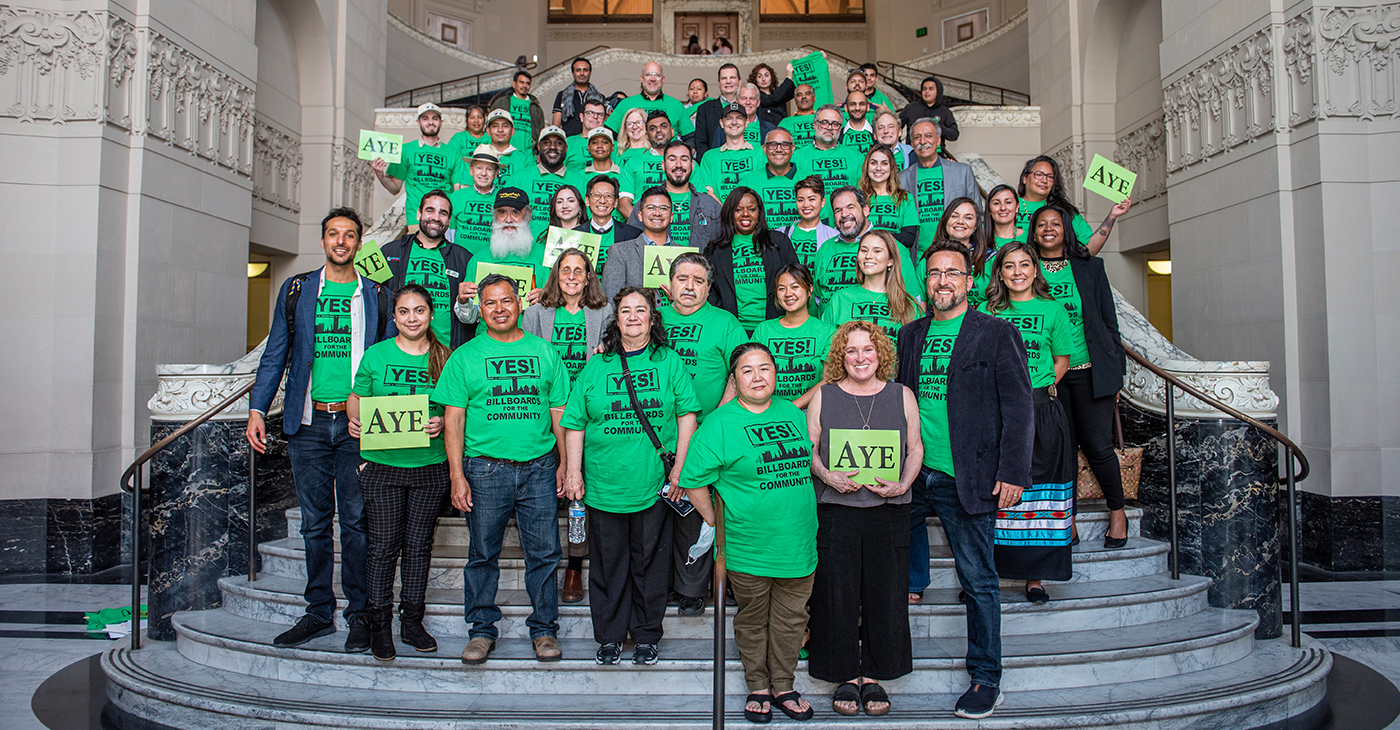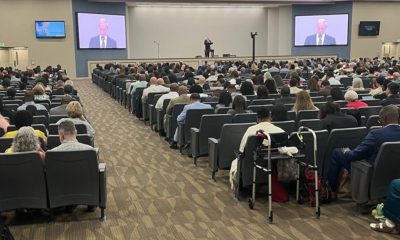Activism
Mentally Ill Prisoners in California 3 Times More Likely to Get Shuffled Around
CalMatters’ analysis of data from the California Department of Corrections and Rehabilitation found that, from 2016 to 2021, California prisoners in “enhanced outpatient” mental health treatment were moved three times more often, on average, than other prisoners. The data shows that incarcerated people in the system’s enhanced mental health program — which provides the highest level of outpatient mental health care for prisoners — averaged five moves during the time period, compared to an average 1.5 transfers for people in the general prison population.

By Byrhonda Lyons, Jocelyn Wiener and Erica Yee | CalMatters
California state prisons transfer people with serious mental illness far more frequently than other prisoners — sometimes moving them dozens of times — a CalMatters analysis of newly acquired state data has found.
The findings underscore a CalMatters investigation from earlier this year which revealed the state’s practice of shuffling around mentally ill prisoners, which some advocates say can be disruptive and damaging to these vulnerable people.
The story focused on the case of Adam Collier, who had been diagnosed with post-traumatic stress disorder, bipolar disorder, borderline personality disorder and anxiety disorder, among other mental illnesses.
Collier was serving a five-year sentence for exposing himself to women in public while high on meth. He was moved 39 times between 2016 and 2020 — bouncing among crisis units, state hospitals and seven different prisons — before he killed himself in Kern Valley State Prison in October 2020.
CalMatters’ analysis of data from the California Department of Corrections and Rehabilitation found that, from 2016 to 2021, California prisoners in “enhanced outpatient” mental health treatment were moved three times more often, on average, than other prisoners.
The data shows that incarcerated people in the system’s enhanced mental health program — which provides the highest level of outpatient mental health care for prisoners — averaged five moves during the time period, compared to an average 1.5 transfers for people in the general prison population.
One person, who was in and out of the mental health program, moved 75 times during the six-year period. The data does not identify any individuals.
“That doesn’t surprise me at all,” said Keramet Reiter, a criminology professor at the University of California, Irvine. “The seriously mentally ill people…bounce around a bit.”
CalMatters had requested the state’s transfers data on March 31, 2022; the department responded on Aug. 1 and Sept. 16. For its June story, CalMatters collected its own data about prison transfers for about a year, which generally mirrors the state’s records during the same timeframe.
“Transfers for an inmate are disruptive,” said Christopher Lisieski, the attorney representing Collier’s mother in a federal lawsuit against several prison employees. “Disrupting someone’s routine who’s severely mentally ill is additional stress and strain and can worsen mental health symptoms.”
Advocates, prisoners, and family members contend that, in cases like Collier’s, a steady stream of transfers reflects a system that too often fails to adequately care for people in mental health crises. These incarcerated people might bounce between prisons and short-term crisis beds without ever stabilizing enough to get better, they say.
In California, mental health care in state prisons is designed so that incarcerated people transfer to appropriate levels of care as their needs change. Treatments range from outpatient therapy in the general prisoner population to long-term hospitalization in treatment facilities within the correctional system.
Prisoners needing the highest level of care could be sent to state hospitals, which are separate facilities that also house people who are not in the criminal justice system.
But the system doesn’t always work perfectly. In several investigations, the Inspector General has determined that people who need it sometimes aren’t referred to a higher level of care.
In other cases, experts say, multiple transfers can mean the system is working and people are getting the care they need.
Department spokesperson Dana Simas wrote in an emailed statement that the state transfers prisoners for a variety of reasons, including court hearings, medical treatment, mental health treatment, changes in security level, patient safety, staff conflicts, misconduct allegations or parole.
In California, prison mental health treatment policies are governed by a federal class-action lawsuit — known as Coleman — on behalf of prisoners with serious mental illness.
In 1995, a federal court ruled that the department was not providing adequate mental health care to prisoners. The court eventually approved the Corrections Department’s plan for providing mental health care and appointed a special master to monitor and report on the state’s compliance.
“The department works closely with the Coleman special master and others on these matters, and always strives for what is in the best interest of the patient’s individual needs,” Simas wrote in an email to CalMatters.
Special master Matthew A. Lopes Jr. did not respond to CalMatters’ request for comment.
In Collier’s case, he moved so frequently that his mother, Susan Ottele of McMinnville, Ore., started “every single, solitary day” checking online to see which prison was holding Collier and why.
When the pandemic hit, the prisons went on lockdown, and Collier sat inside Kern Valley State Prison for seven months. It was his longest stay at any prison since 2016.
“With all these transfers, I’m fucking dizzy,” Collier wrote in a letter to Ottele in March 2020. Months later, at age 43, Collier killed himself.
The Office of the Inspector General investigated Collier’s suicide and found that the department had “poorly handled” Collier’s case. The inspector general’s March 2021 report described an array of internal problems, including clinicians improperly delaying Collier’s referral to a higher level of care and failing to adequately document his history of self-harm.
Earlier this year, Ottele filed a wrongful death complaint in federal court, alleging that prison guards failed to monitor her son and acted with deliberate indifference.
In court documents, state attorneys deny these claims, saying the guards were not aware of Collier’s history of suicide attempts. The Department of Corrections and Rehabilitation declined to comment on the lawsuit, citing pending litigation. Lisieski, Ottele’s attorney, said the case likely won’t be resolved for years.
Activism
Oakland Post: Week of July 24 – 30, 2024
The printed Weekly Edition of the Oakland Post: Week of July 24 – 30, 2024

To enlarge your view of this issue, use the slider, magnifying glass icon or full page icon in the lower right corner of the browser window. ![]()
Activism
Oakland Post: Week of July 17 -23, 2024
The printed Weekly Edition of the Oakland Post: Week of July 17 -23, 2024

To enlarge your view of this issue, use the slider, magnifying glass icon or full page icon in the lower right corner of the browser window. ![]()
Activism
Community Celebrates Historic Oakland Billboard Agreements
We, the Oakland Billboard Economic Development Coalition, which includes Oakland’s six leading community health clinics, all ethnic chambers of commerce, and top community-based economic development organizations – celebrate the historic billboard agreements approved last year by the Oakland City Council. We have fought for this opportunity against the billboard monopoly, against Clear Channel, for five years. The agreements approved by Council set the bar for community benefits – nearly $70 Million over their lifetime, more than 23 times the total paid by all previous Clear Channel relocation agreements in Oakland combined.

Grand Jury Report Incorrect – Council & Community Benefit
We, the Oakland Billboard Economic Development Coalition, which includes Oakland’s six leading community health clinics, all ethnic chambers of commerce, and top community-based economic development organizations – celebrate the historic billboard agreements approved last year by the Oakland City Council. We have fought for this opportunity against the billboard monopoly, against Clear Channel, for five years. The agreements approved by Council set the bar for community benefits – nearly $70 Million over their lifetime, more than 23 times the total paid by all previous Clear Channel relocation agreements in Oakland combined.
Unfortunately, a recent flawed Grand Jury report got it wrong, so we feel compelled to correct the record:
- Regarding the claim that the decision was made hastily, the report itself belies that claim. The process was five years in the making, with two and a half years from the first City Council hearing to the final vote. Along the way, as the report describes, there were multiple Planning Commission hearings, public stakeholder outreach meetings, a Council Committee meeting, and then a vote by the full Council. Not only was this not hasty, it had far more scrutiny than any of the previous relocation agreements approved by the City with Clear Channel, all of which provide 1/23 of the benefits of the Becker/OFI agreements approved by the Council.
- More importantly, the agreements will actually bring millions to the City and community, nearly $70M to be exact, 23 times the previous Clear Channel relocation agreements combined. They certainly will not cost the city money, especially since nothing would have been on the table at all if our Coalition had not been fighting for it. Right before the decisive City Council Committee hearing, in the final weeks before the full Council vote, there was a hastily submitted last-minute “proposal” by Clear Channel that was debunked as based on non-legal and non-economically viable sites, and relying entirely on the endorsement of a consultant that boasts Clear Channel as their biggest client and whose decisions map to Clear Channel’s monopolistic interests all over the country. Some City staff believed these unrealistic numbers based on false premises, and, since they only interviewed City staff, the Grand Jury report reiterated this misinformation, but it was just part of Clear Channel’s tried and true monopolistic practices of seeking to derail agreements that actually set the new standard for billboard community benefits. Furthermore, our proposals are not mutually exclusive – if Clear Channel’s proposal was real, why had they not brought it forward previously? Why have they not brought it forward since? Because it was not a real proposal – it was nothing but smoke and mirrors, as the Clear Channel’s former Vice President stated publicly at Council.
Speaking on behalf of the community health clinics that are the primary beneficiaries of the billboard funding, La Clinica de la Raza CEO Jane Garcia, states: “In this case, the City Council did the right thing – listening to the community that fought for five years to create this opportunity that is offering the City and community more than twenty times what previous billboard relocation agreements have offered.”
Oakland Billboard Economic Development Coalition
| Native American Health Center | La Clínica de la Raza | West Oakland Health Center |
| Asian Health Services | Oakland LGBTQ Center | Roots Community Health Center |
| The Unity Council | Black Cultural Zone | Visit Oakland |
| Oakland African American Chamber of Commerce | Oakland Chinatown Chamber of Commerce | Oakland Vietnamese Chamber of Commerce |
| Oakland Latino Chamber of Commerce | Building Trades of Alameda County | (partial list) |
-

 Arts and Culture3 weeks ago
Arts and Culture3 weeks agoRooted in Tradition: The Intricate History of Black Hair Braiding
-

 Bay Area4 weeks ago
Bay Area4 weeks ago“I Will Not Be Bullied,” Says Oakland Mayor Sheng Thao
-

 Bay Area2 weeks ago
Bay Area2 weeks agoPG&E Increases Rates While Bay Area Households Are Struggling to Stay Afloat
-

 Business3 weeks ago
Business3 weeks agoGov Newsom: Raising Fast Food Minimum Wage to $20 Pays Off as Jobs Multiply in Industry
-

 Activism4 weeks ago
Activism4 weeks agoOpponents of Mayor Sheng Thao Are Calling on Her to Resign Following FBI Raid
-

 Community1 week ago
Community1 week agoHundreds Come to Jehovah’s Witnesses’ Assembly Hall for Three-Day Program of ‘Good News’ in Fremont
-

 Bay Area2 weeks ago
Bay Area2 weeks agoJuneteenth Mass Shooting Suspect Charge with Multiple Counts of Felony Assault by Alameda County DA Pamela Price
-

 Activism4 weeks ago
Activism4 weeks agoOakland Coliseum Sale to AASEG: A Model for Community Development and Inclusion
























































